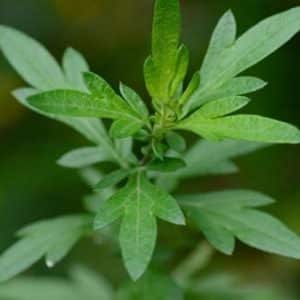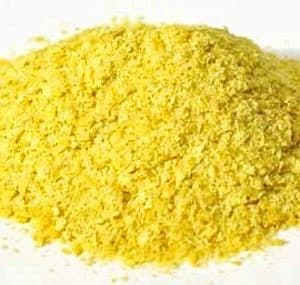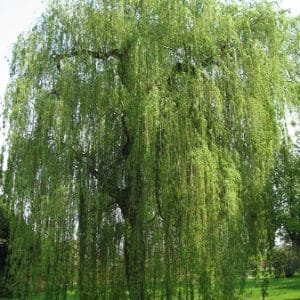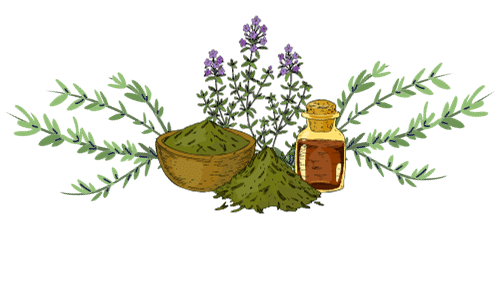The raspberry plant has long been a favorite household remedy, especially favored to speed childbirth.
Gerard considered the fruit to be of a temperate heat and, therefore, easier on the stomach than strawberries, which could cause excessive phlegm and chilling.
In 1735, the Irish herbalist, KEogh recommended using the flowers and honey for eye inflammations, fevers, and boils.
For centuries, Native Americans and Old World counterparts have used raspberry leaf teas and extracts to treat pregnancy related problems. The Chippewa and Omaha used the roots to treat such bowel problems as dysentery and diarrhea. The Appalachia used the roots of various Rubus species to make a tea that was drunk for hemorrhaging or hemophilia. When taken every three hours, it was also used for summer sickness and diarrhea. Bee stings were relieved by rubbing a leaf on the area.
In 1830, Constantine Rafinesque reported that there were nearly thirty wild species that were used to treat cholera, infantum, dysentery, and diarrhea. The Cherokee chewed them for cough; a cold poultice useful in piles; used with lobelia for gonorrhea. He also told of the ripe fruits being made into preserves, jams, jellies, and syrups that were used to treat other ailments. 19th century physicians also used the roots for the same purposes.
The fruit of the red raspberry was officially listed in the US Pharmacopoeia from 1882 to 1905 and in the National Formulary from 1916 to 1942. The juice was listed in the National Formulary from 1942 to 1950, and has been listed in the US Pharmocopoeia since 1950. It is used in the preparation of raspberry syrup, a pharmaceutical aid used to disguise the unpleasant taste of other medicines.
Key Actions
Key Components




